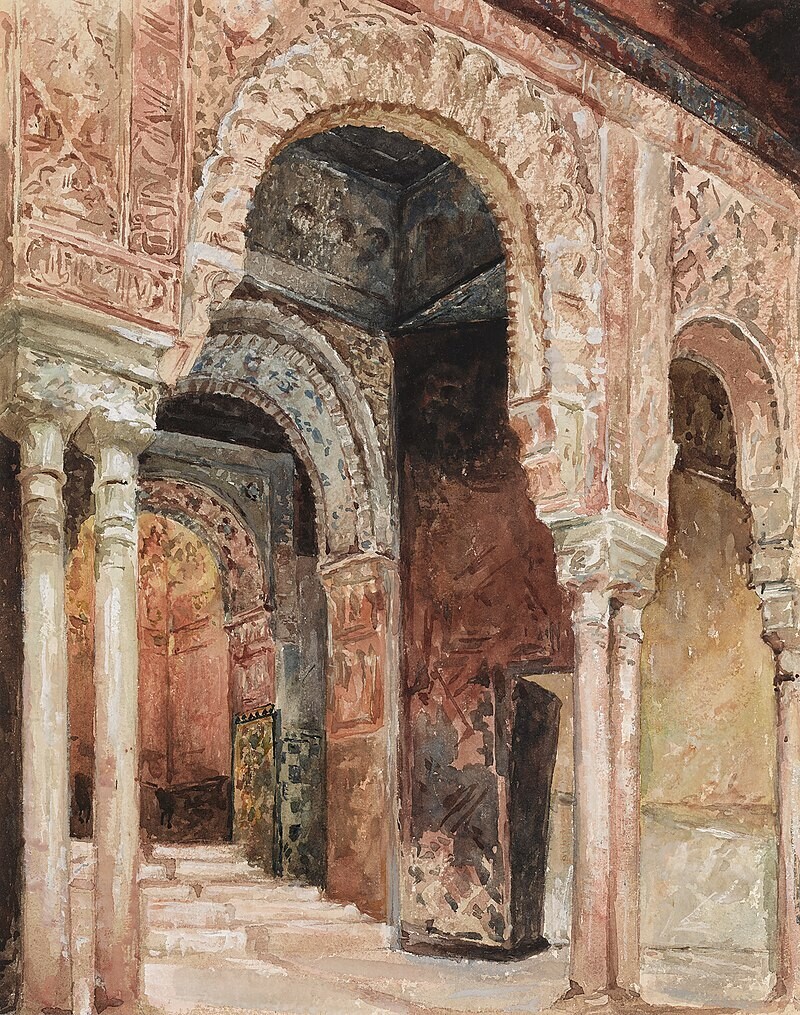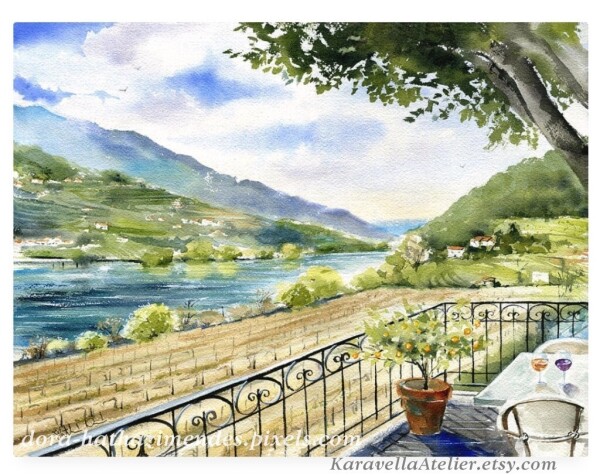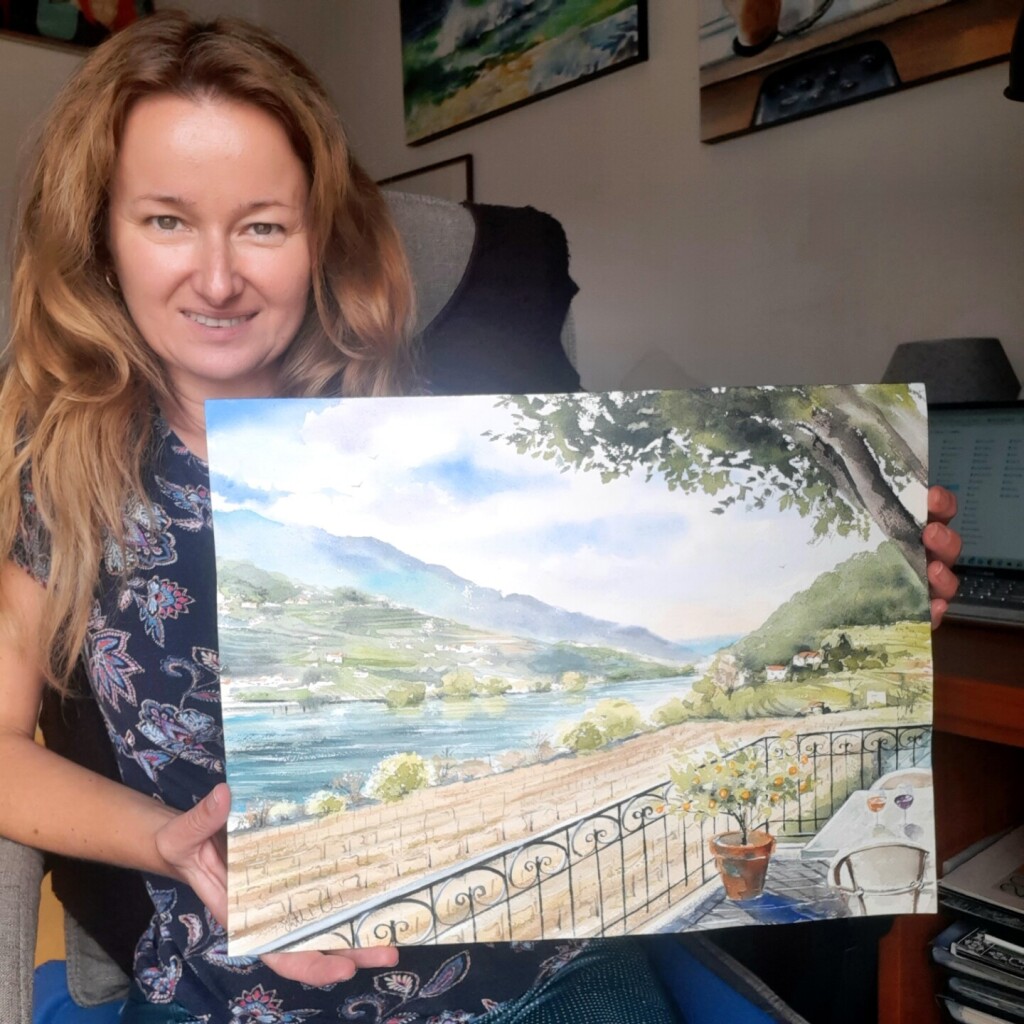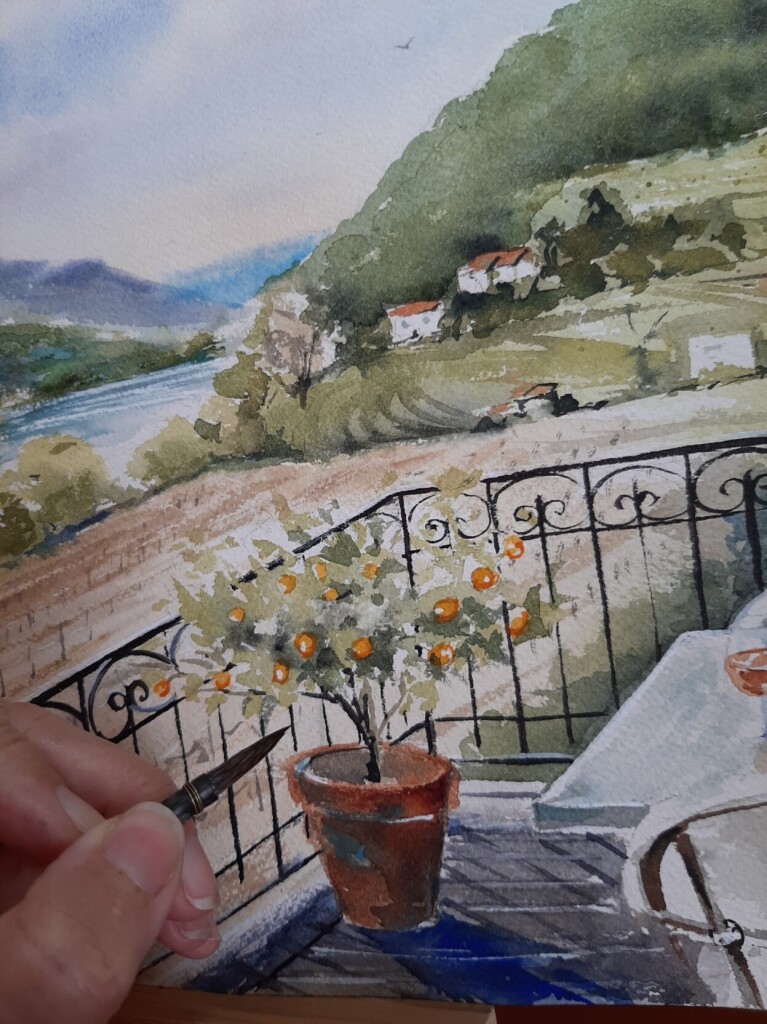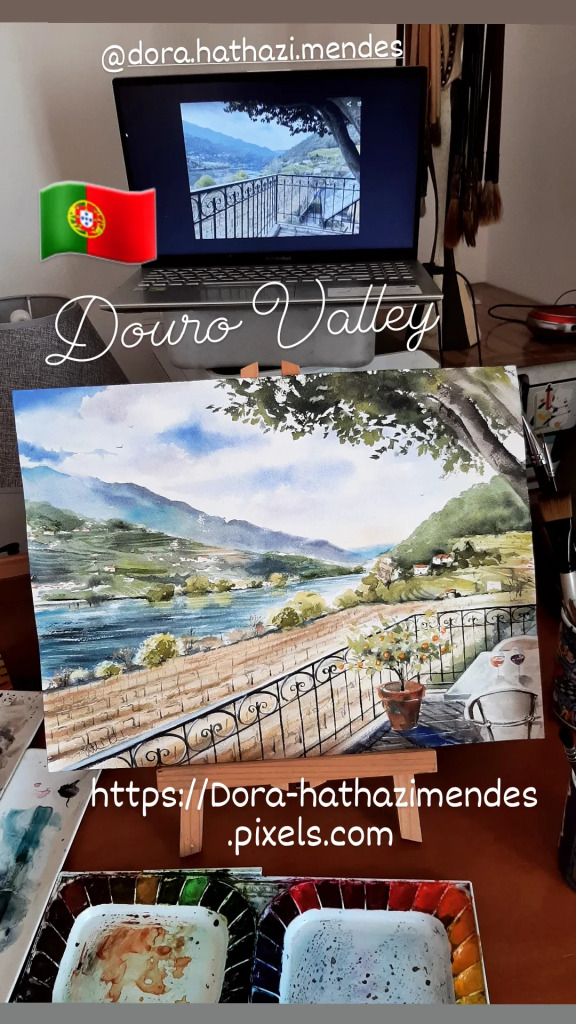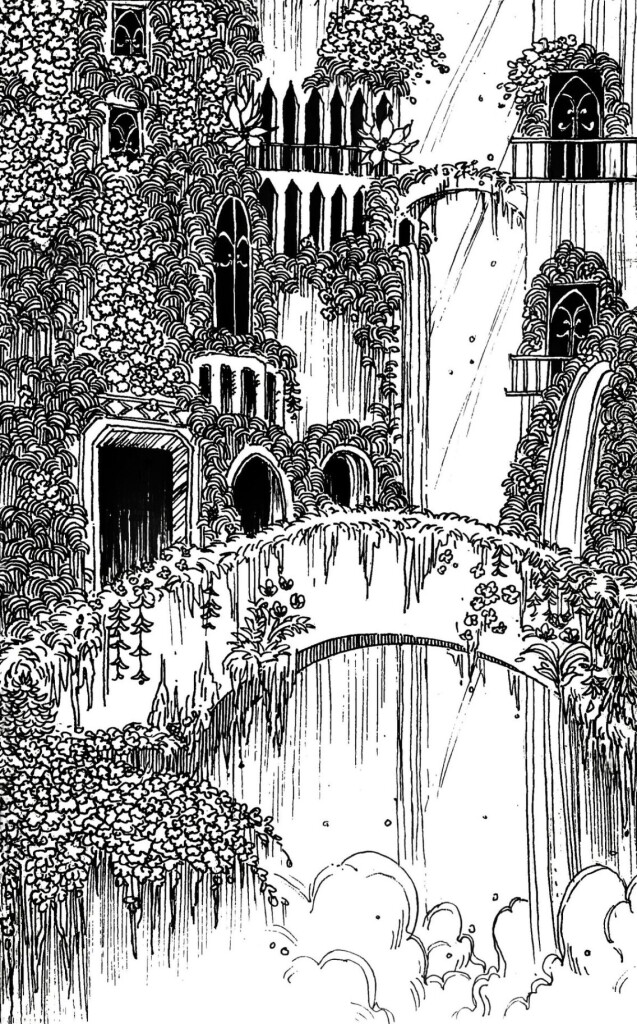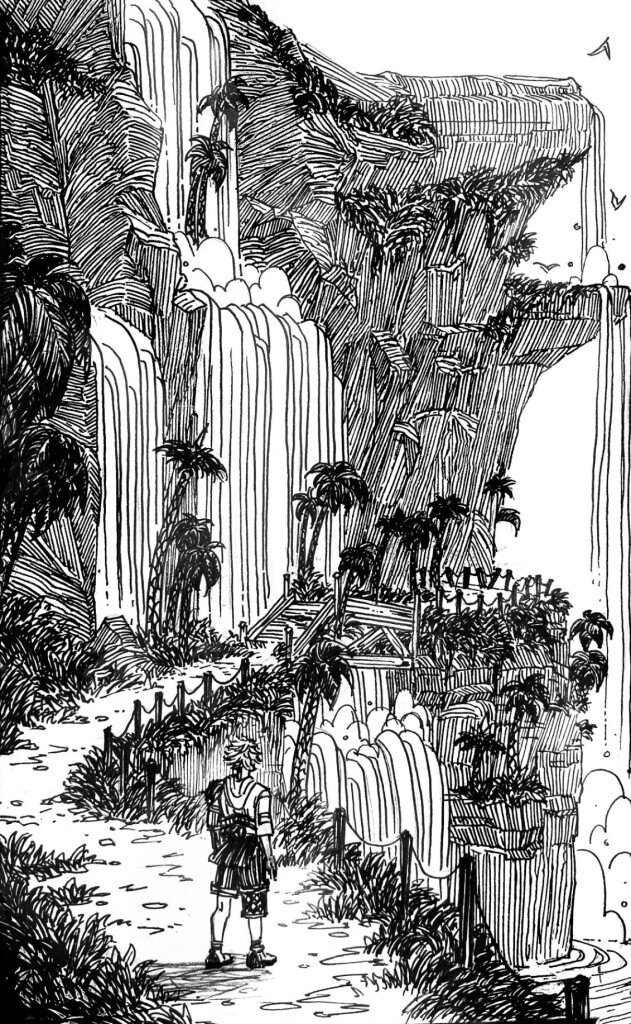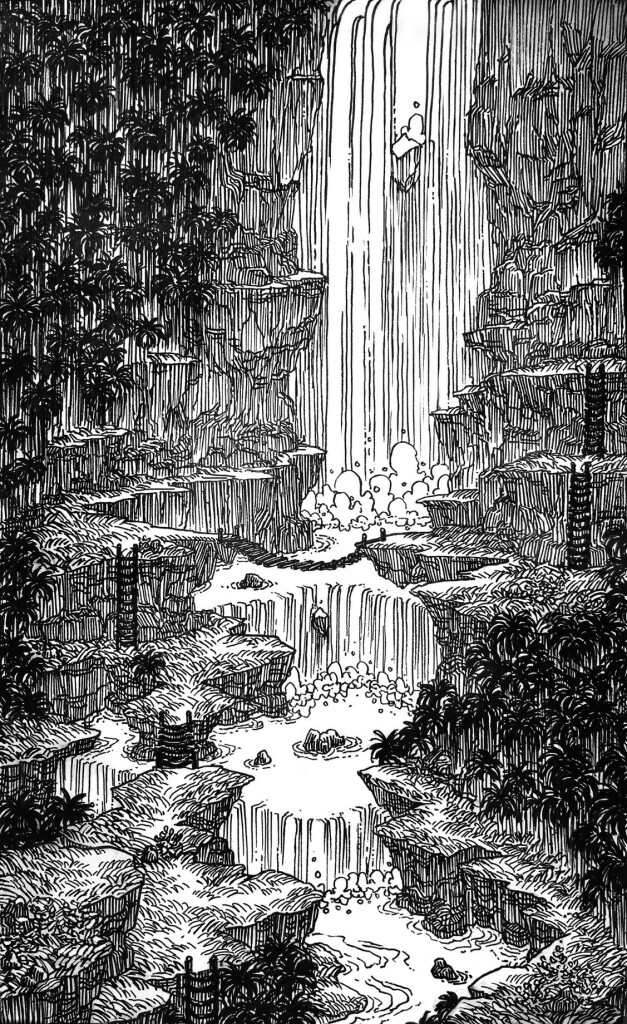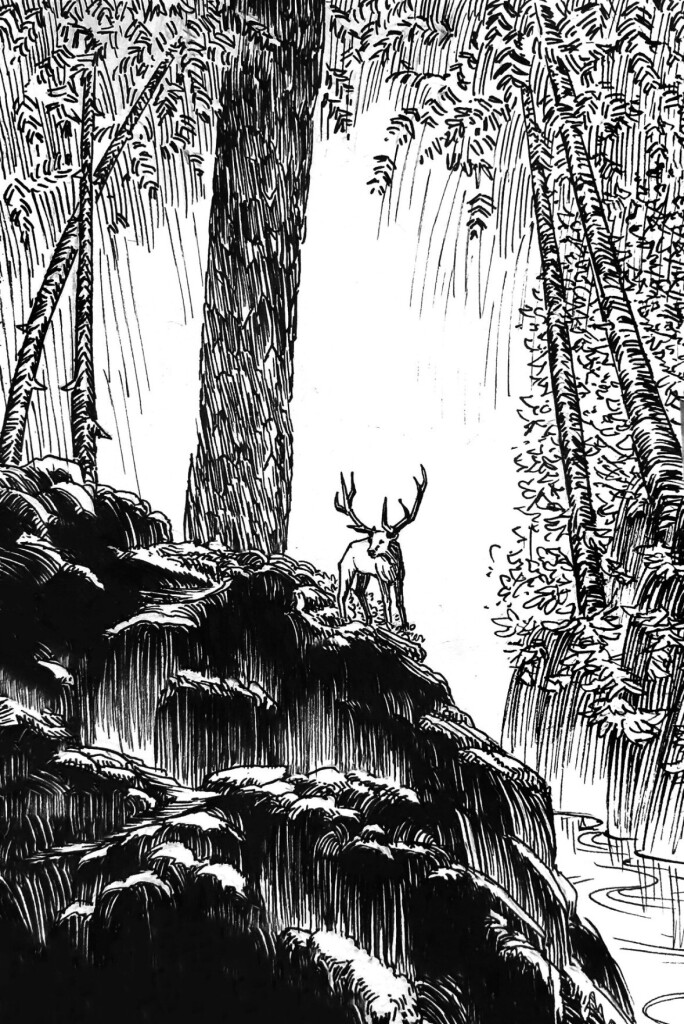Search
Items tagged with: artists
Dear #photographers & visual #artists running #Linux, what are your tricks for #colour -accurate #scanning photo prints on consumer-grade gear (not a film/drum scanner)?
I have 3+ #scanners, all with wildly different #color results, as you can see below. At least 2 of them can scan directly over LAN (in Simple Scan).
Ideally I'd want #colormanagement / calibration of scans, ideally with "Simple Scan" (otherwise, how do you do it with XSane?). I have a ColorMunki spectrophotometer, if it helps.
MakerTube is open for public registrations! It's a peertube video instance for #makers, #musicians, #artists and #diy content #creators. If you thought of trying out a video platform besides big corp now is the time!
The site is funded by people like you! If you like the idea of an independent video platform please consider making a #donation at https://liberapay.com/MakerTube
Every penny counts!
Find the site here https://makertube.net
MakerTube's profile - Liberapay
This is a crowdfunding campaign to finance the MakerTube independent video platform at https://makertube.netLiberapay
Magpie Market is a federated platform aiming to be an alternative to #etsy; leveraging the Fediverse to help #artists, craftspeople, and others promote and sell their goods and services. We believe the #fediverse deserves a marketplace built with federation in mind.
Thank you so much dear Patrick for your custom order, and for supporting my art! 🎨😊 Dora
https://dora-hathazimendes.pixels.com/collections/portugal+paintings
#douro #dourovalley #douroriver #portugal #portuguese #watercolor #art #artwork #handmade #portugalpaintings #MastoArt #watercolour #artists #aquarelle
Dora Hathazi Mendes Portugal Paintings Wall Art
Portugal Paintings Buy wall art from Dora Hathazi Mendes. All wall art ships within 48 hours and includes a 30-day money-back guarantee.Dora Hathazi Mendes - Website
Watch now - 'Redundant':
https://youtu.be/NfhmHzPQoLs
#nonbinary #trans #transgender
#UK #London #England #art #music #artists #musicians

Redundant (Official Music Video)
Stream, follow, join me on Patreon, purchase my handmade jewellery on Etsy or buy me a coffee: https://linktr.ee/skalymusicEtsy (GenderlessBySkaly): https://...YouTube
#feditips #artists
We're just starting out, but applications are open for artists and creators, come see us at https://artistalley.space/about
#introduction
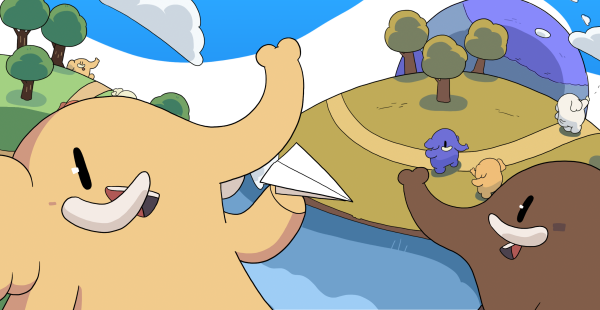
Artist Alley
ArtistAlley.space is a place for professional and amateur artists and creators to share their work and build an audience on Mastodon and the Fediverse.Mastodon hosted on artistalley.space
Especially love ink waterfalls!
#Mastoart #artistsonmastodon #pen #traditionalart #illustration #artist #artists
• https://apotheke.social - for anyone from the #pharmacy sector
• https://medic.cafe - for employees in the #medical field
• https://aircrew.rocks - for #pilots, #flight attendants, and flight enthusiasts
• https://genart.social - for #artists working in the generative, AI, and glitch spaces
• https://mastodon.tech - English language #tech and open source
#fediworld

apotheke.social
Ein freier Mastodon-Server für Personen, Vereinigungen oder Organisationen aus dem Apothekenbereich. Diese Mastodon-Instanz befindet sich derzeit in der Erprobungsphase.Mastodon, gehostet auf apotheke.social




